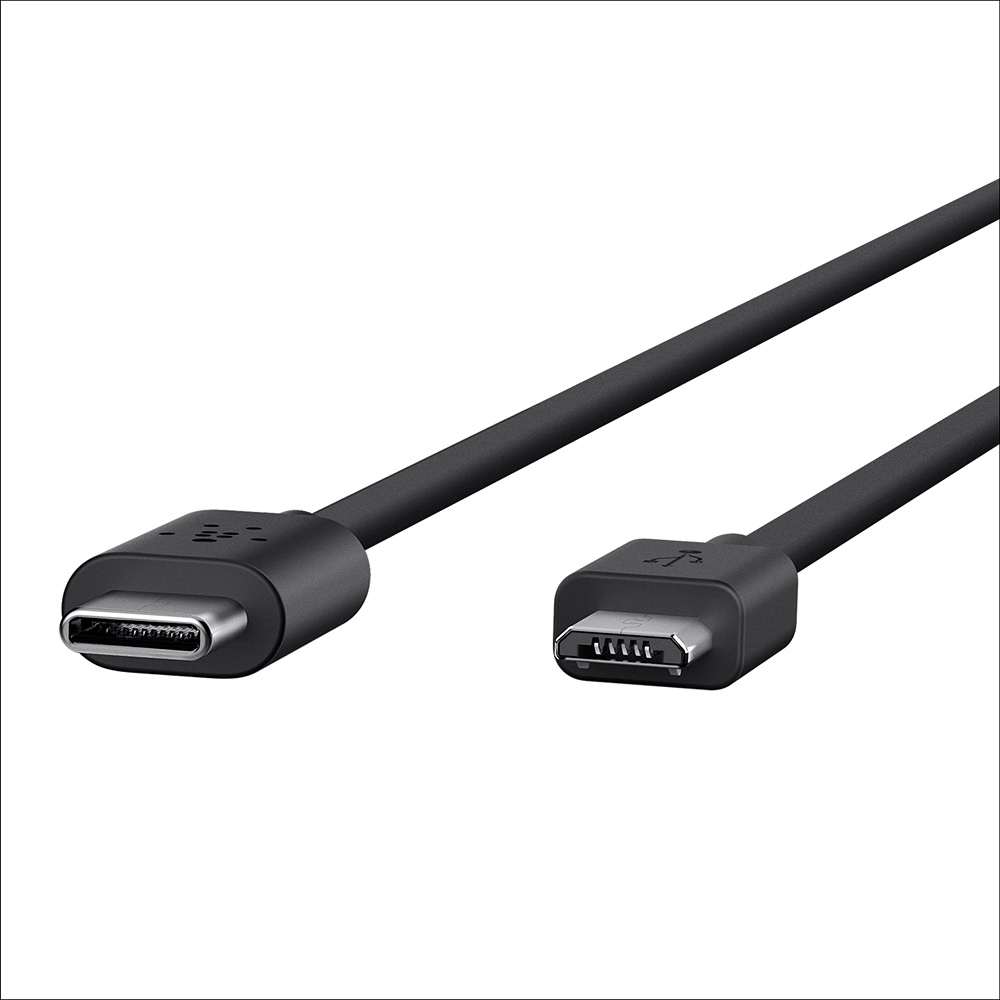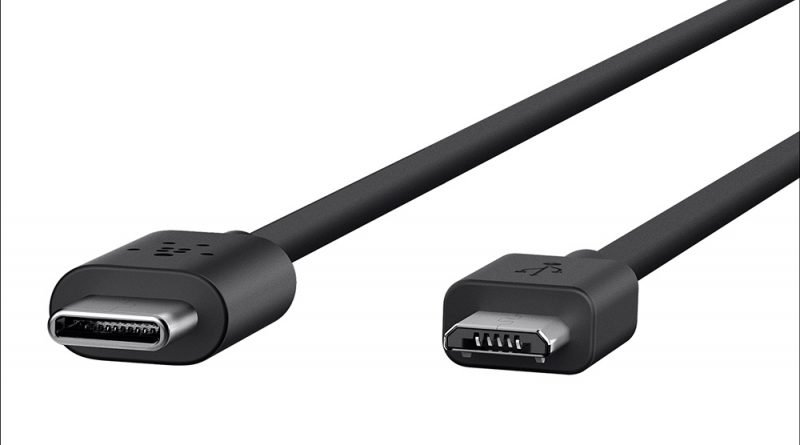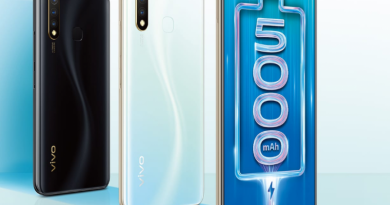Differences between micro-USB and USB Type-C
The Universal Serial Bus (USB) was developed to unify connection cables, between devices, capable of transferring both data and also charge. Micro-USB has been an industry standard now for many years and which is probably what you use on your phone right now. USB Type-C was built upon the original USB Technology.
Compatibility is also vitally important when choosing a Micro-USB or USB Type-C connector. Micro USB was designed to make the devices slimmer so that you can connect it to the computers and hubs. However, Micro-USB has an obvious limitation on the plug-in method that you can only plug it right. If you plug it improperly, it won’t work.

Photo Source Myanmar Tech Press
USB Type-C looks slightly bigger than Micro-USB. Due to the physical design of USB Type-C, it enables you to plug in the cable slide right no matter what orientation you choose. It’s easy to plug in your devices as they are reversible, any way your plugin is the right way. USB Type-C is designed to be one size fit able to replace connector cables in a smartphone, game controllers, Display Port, HDMI, cameras, laptops, printers, scanners, and whatever gadgetry you can think of.
From the aspect of charging speed, USB Type-C is faster than the micro-USB connector. Besides, the USB Type-C provides a higher power supply than micro-USB. Compared with Type C, Micro-USB is often used on some relatively old devices. Now, lots of Android phones are using the USB Type-C as their ongoing charging method.

Photo source Myanmar Tech Press
As a new charging port, USB Type-C is becoming a widespread charging standard. USB Type-C is more flexible and faster than Micro-USB. And Type-C port can be used to input or output power while Micro-USB can only input power.






